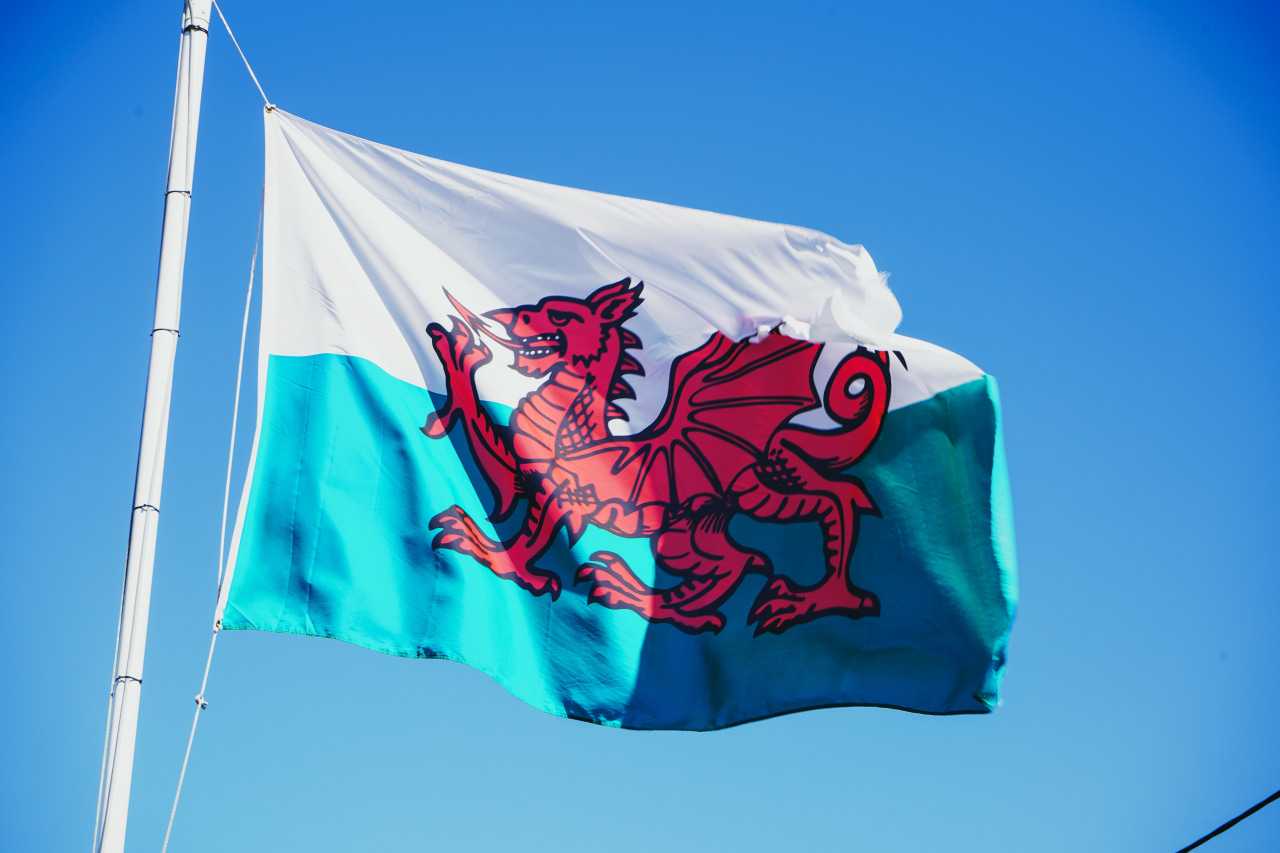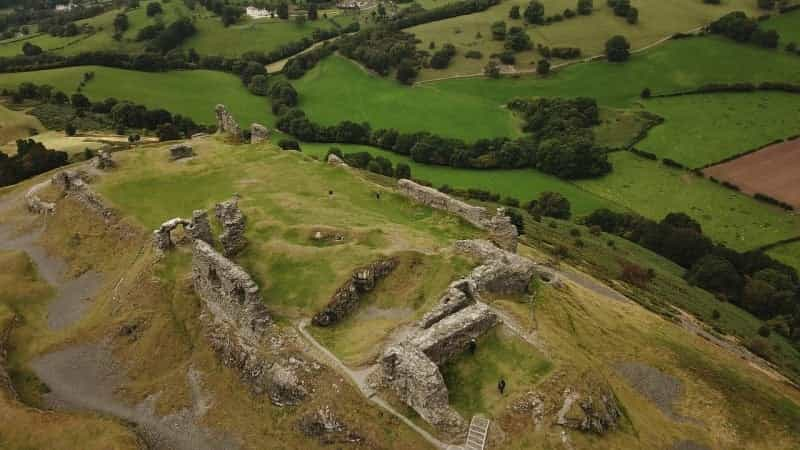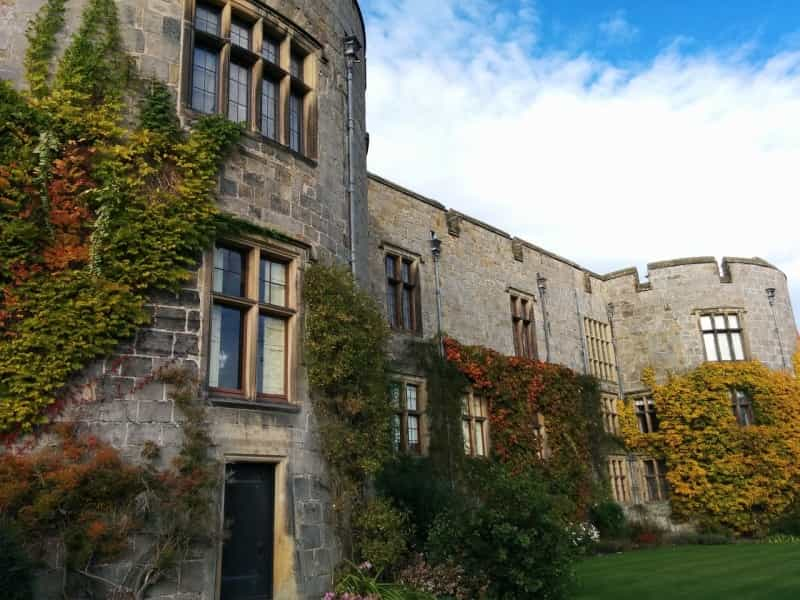Our Must-Visit Denbighshire Castles
It’s claimed that Wales has more castles per square mile than anywhere else in the world thanks to the region’s history of conflict with England – and Denbighshire, close to the North Wales border, certainly has its fair share.
Many of these castles are built on naturally strategic sites: hilltops commanding sweeping views of the surrounding landscape, and able to receive supplies by river or by sea. They were important defensive structures throughout the Middle Ages until castle warfare died out in Britain after the Civil War.
Check the websites for each castle before you visit to explore special events and to find out more about facilities such as gift shops. For more popular sites, it may be wise to pre-book your tickets to guarantee entry, especially if you plan to visit during school holidays or at weekends.
 Denbigh Castle
Denbigh Castle
Edward I built Denbigh Castle around 1285, on the site of an older Welsh fortress. As well as the mighty stone castle which crowns the hill above Denbigh, Edward’s building works included strong stone walls to encircle the whole town. The walls were one of the first parts to be completed: Edward perhaps feared reprisals following the brutal execution of Welsh prince Dafydd ap Gruffydd in 1283.
Today, Denbigh Castle is managed by Cadw, the Welsh Government’s historic environment service.
Read more about Denbigh and other places in the region with our guide to the best Denbighshire towns to visit.
Staying the night? Explore campsites near Denbigh.

Dinas Brân
Linked with Arthurian legend, Dinas Brân captured the imagination of Romantic painters such as William Turner – and on visiting, it’s easy to see why. The castle’s skeletal remains sit high above Llangollen like a bird of prey ready to swoop down into the valleys below. From the bottom of the hill, Dinas Brân is silhouetted dramatically against the sky. Once you’ve made the steep ascent to the top, the hill’s vertiginous slopes and height create cinematic views stretching for miles. Built on the site of an ancient Iron Age fort, the current castle dates back to the 13th century.
Looking for more walks? Here’s our guide to the best hikes in Denbighshire.
See campsites near Llangollen.
Rhuddlan Castle
What do you do when the castle you’re building is too far away to use the river as a supply route? Edward I simply moved the river Clwyd, a task which took hundreds of ditch-diggers to complete – and indicates just how important Rhuddlan Castle was to Edward’s defence plan.
Designed by master mason James of St George, Rhuddlan was the first castle to use a concentric ('walls within walls') design, which represented a step up from traditional motte-and-bailey structures. Even now – almost 900 years later – Rhuddlan’s huge inner gatehouses and thick walls project pure power.

Chirk Castle
Grade I-listed Chirk Castle was built in 1295 to protect the entrance to the Ceiriog Valley. In the Middle Ages it was a Marcher fortress which was owned by several of Britain’s most important players (including Richard III before his rule). Five of its owners were executed for treason, hence the castle frequently changing hands. By the late 16th century things had stabilised, and over the next 400 years the castle was transformed into an opulent family home – while still retaining medieval features like dungeons and murder holes.
In addition to the well-preserved castle, Chirk has play areas, a farm shop, and award-winning gardens to explore.
See Pitchup campsites near Chirk.
Bonus – Flint Castle
Flint Castle isn’t quite in Denbighshire (it’s in neighbouring Flintshire instead), but is well worth a quick trip over the county border. The first to be built of Edward I’s 'ring of stone' – the castles built to consolidate English power after Edward defeated Welsh prince Llywelyn ap Gruffydd in 1282 – it remained strategically important throughout the Middle Ages and beyond (and was used as a location by Shakespeare in his play Richard II). It’s also one of the most unique castles built in this era: look out for the great tower which came with its own moat and drawbridge.
See all campsites in Denbighshire.
Ready to explore more of this historic county? Check out our guide to the best things to do in Denbighshire.